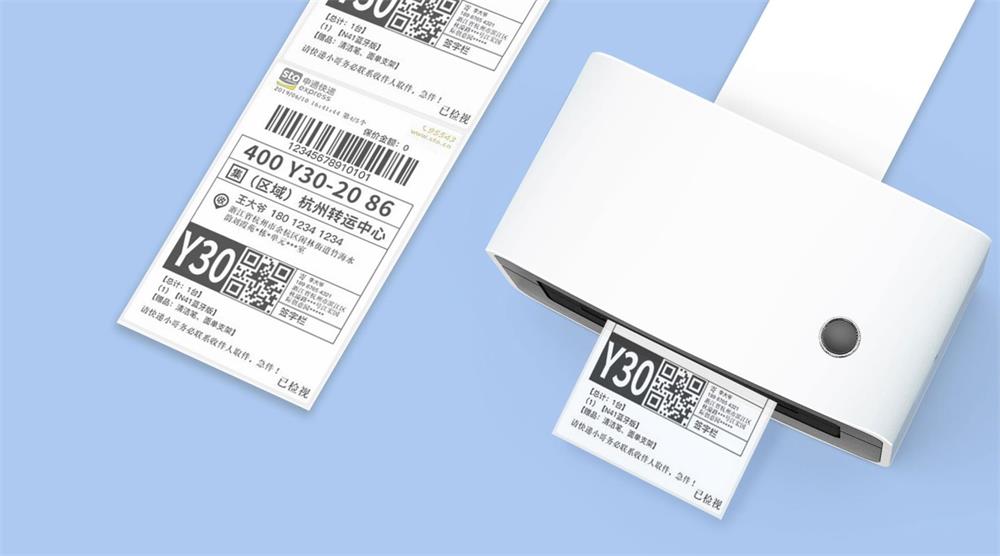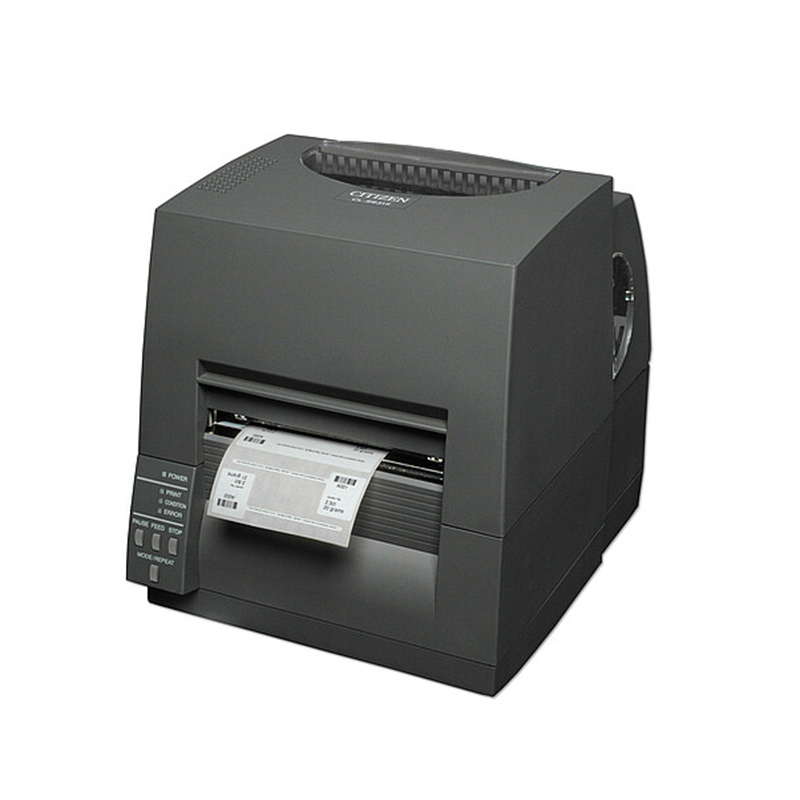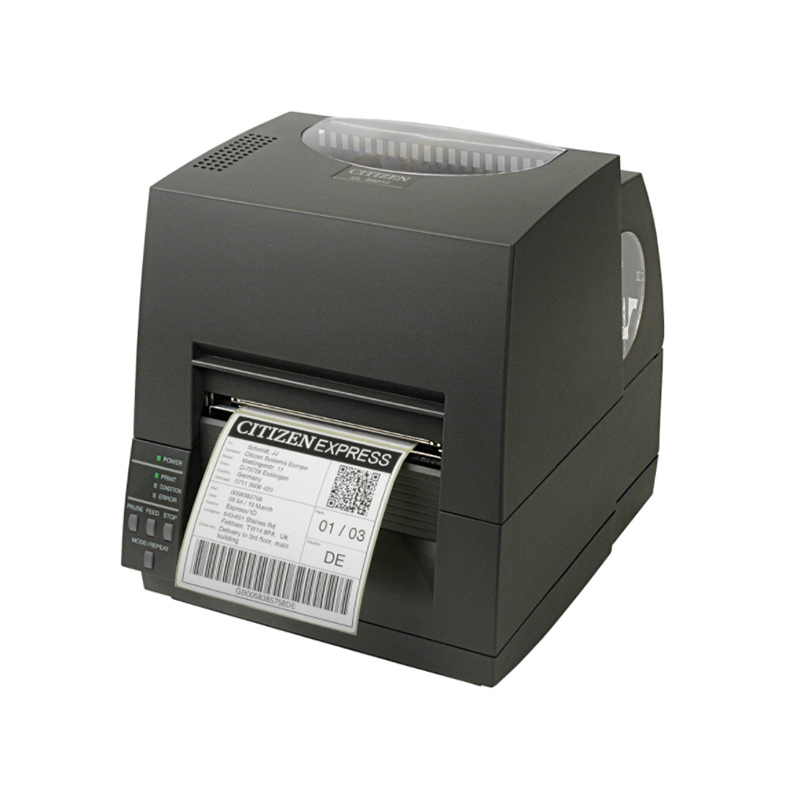Introduction to QR Codes and QR Code Printers
QR code, the full name of Quick Response Code, also known as "Quick Response Code", is a matrix two-dimensional code, which was developed by the Japanese automobile company Denso Wave in 1994, and the main inventor of QR code Yuan Changhong also therefore Known as the "Father of QR Code".
As can be seen from the name, this two-dimensional code can be quickly read and recognized, and has ultra-high-speed and all-round reading characteristics. This is a machine-readable optical barcode capable of containing a wealth of information about the item it is attached to. Due to the large capacity of data and the convenience of reading, QR codes are currently widely used in my country.
Advantages of QR codes
1: Large amount of information storage
Traditional barcodes can only handle about 20 bits of information, while QR codes can handle dozens to hundreds of times as much information as barcodes. In addition, QR codes can support more types of data (such as numbers, English letters, Japanese letters, Chinese characters, symbols, binary, control codes, etc.).
2: Small footprint for data processing
Since the QR code can process data in the vertical and horizontal directions of the barcode at the same time, the space occupied by the QR code is only about one tenth of the barcode for the same amount of information.
3: Strong anti-fouling ability
QR codes have a powerful "error correction function". In most cases, even if some barcode labels are contaminated or damaged, the data can be recovered through error correction.
4: All-round reading and recognition
QR codes can be quickly read in any direction from 360°. The key to achieving this advantage lies in the three positioning patterns in the QR code. These positioning marks can help the scanner eliminate the interference of the background pattern when scanning the barcode and achieve fast and stable reading.
5: Support data merge function
QR code can divide data into multiple codes, up to 16 QR codes can be divided, and multiple divided codes can be combined into a single QR code. This feature allows QR codes to be printed in narrow areas without affecting the stored information.
QR code printer application
QR codes are currently widely used in logistics management, warehousing management, commodity traceability, mobile payment and other fields. QR codes are also used in daily life for bus and subway ride codes and WeChat QR code business cards.
With the increasing popularity of QR codes, printers for printing QR code labels have become indispensable. At present, label barcode printers on the market generally support printing QR codes.
Post time: Aug-09-2022





